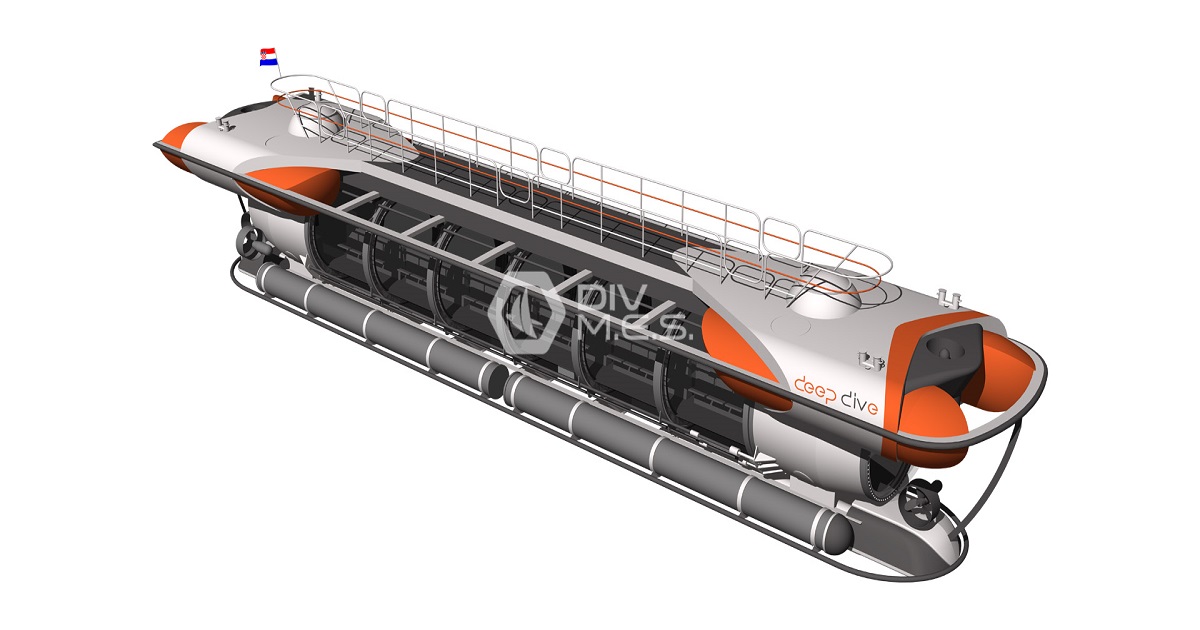Design, Analysis and Maintenance of Green Innovative Marine Structures
A special issue of Journal of Marine Science and Engineering (ISSN 2077-1312). This special issue belongs to the section "Ocean Engineering".
Deadline for manuscript submissions: closed (15 June 2023) | Viewed by 29339

Image courtesy of The Copyright holder of the picture is MARINE and ENERGY SOLUTIONS DIV d.o.o.
Special Issue Editors
Interests: ship structures; wave loads; strength and vibration analysis; fatigue analysis; structural reliability analysis
Special Issues, Collections and Topics in MDPI journals
Interests: ship and offshore structures; reliability and risk; energy efficiency and environmental impacts
Special Issues, Collections and Topics in MDPI journals
Special Issue Information
Dear Colleagues,
We are proposing a new Special Issue (SI) that covers diverse research topics related to the structural design, analyses, and maintenance of marine structures. Our aim is to open new discussions on and perspectives of the integral framework of green marine structural design in the era of climate change. All types of floating and fixed marine structures are covered by this SI, including conventional and autonomous ships, manned and unmanned submarines, offshore structures, and renewable energy devices. However, this SI also focuses on the structural behaviour and requirements for designing safe, efficient and environmentally friendly marine structures. Studies on the general design and operational issues related to marine structures are also invited. Analytical, numerical, and experimental studies, as well as a review of state-of-the-art advances and case studies related to the marine structures (loading, fatigue, ultimate strength, collision and grounding, corrosion, ice, retrofitting, structural safety, etc.) and new topics related to the innovative green design of marine structures as a response to the climate change, are most welcome. All submissions will be subject to a rapid reviewing process, which will be provided to ensure that the highest quality papers are included in this SI.
Prof. Dr. Joško Parunov
Prof. Dr. Yordan Garbatov
Guest Editors
Manuscript Submission Information
Manuscripts should be submitted online at www.mdpi.com by registering and logging in to this website. Once you are registered, click here to go to the submission form. Manuscripts can be submitted until the deadline. All submissions that pass pre-check are peer-reviewed. Accepted papers will be published continuously in the journal (as soon as accepted) and will be listed together on the special issue website. Research articles, review articles as well as short communications are invited. For planned papers, a title and short abstract (about 100 words) can be sent to the Editorial Office for announcement on this website.
Submitted manuscripts should not have been published previously, nor be under consideration for publication elsewhere (except conference proceedings papers). All manuscripts are thoroughly refereed through a single-blind peer-review process. A guide for authors and other relevant information for submission of manuscripts is available on the Instructions for Authors page. Journal of Marine Science and Engineering is an international peer-reviewed open access monthly journal published by MDPI.
Please visit the Instructions for Authors page before submitting a manuscript. The Article Processing Charge (APC) for publication in this open access journal is 2600 CHF (Swiss Francs). Submitted papers should be well formatted and use good English. Authors may use MDPI's English editing service prior to publication or during author revisions.
Keywords
- marine structures
- ships
- submarines
- offshore structures
- renewable energy devices
- structural analysis
- structural design
- maintenance
Benefits of Publishing in a Special Issue
- Ease of navigation: Grouping papers by topic helps scholars navigate broad scope journals more efficiently.
- Greater discoverability: Special Issues support the reach and impact of scientific research. Articles in Special Issues are more discoverable and cited more frequently.
- Expansion of research network: Special Issues facilitate connections among authors, fostering scientific collaborations.
- External promotion: Articles in Special Issues are often promoted through the journal's social media, increasing their visibility.
- e-Book format: Special Issues with more than 10 articles can be published as dedicated e-books, ensuring wide and rapid dissemination.
Further information on MDPI's Special Issue polices can be found here.






